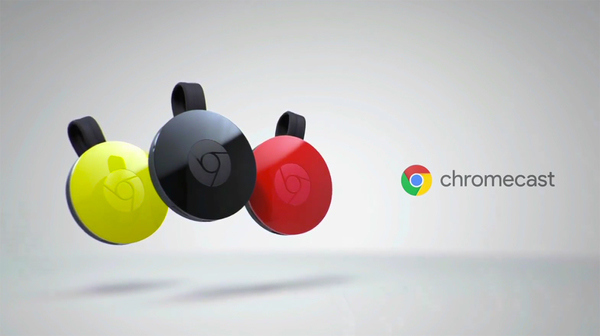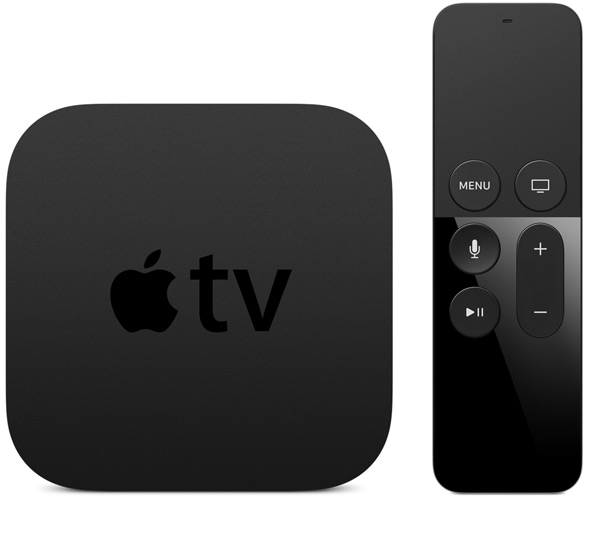
If you’ve ever seen a vintage college flick like Animal House, Revenge of the Nerds, or American Pie, or even newer offerings like Neighbours, you’d be forgiven for thinking post-secondary life is one giant frat party. Though it looks like you’ll bounce from class, to kegger and back again, in reality, university and college life is a lot less fun and a lot more work. After class entertainment for most students amounts to opening a single beer and turning on some Netflix.
For first-year university and college students, packing up everything you’ll need to survive your first year solo can be intimidating. After all, you’ve likely got a pup-tent budget and MTV Cribs tastes. But fortunately when it comes to those after class activities, you’ve got options for maximizing your entertainment while keeping costs down, and it starts with a streaming device or streaming TV.

5 reasons to pack a streaming device
1. Streaming devices give you access to the most video entertainment
2. They’re portable
3. You can share content with friends and family
4. You can access hundreds of TV shows, movies and music options, from your sofa
5. They take up very little space in small dorms or shared apartments
You’ll need a Wi-Fi connection (and a TV, of course) where you’ll be living in order to access your content. Some devices, like Apple TV, can connect via Ethernet if that’s all you’ve got.
Once connected, you’ll have access to channels like YouTube and Netflix to watch documentaries or historical TV series such as Marco Polo, and Game of Thrones (kidding); plus you can play content from your laptop to your TV streaming device using Airplay, mirroring, or Casting features.
Choose a streaming device: Apple, Google, Roku
There are several options for choosing a streaming device. The big three devices are Apple TV, Roku Streaming Stick and Google Chromecast. Generally speaking, whichever device you choose will be mostly a matter of personal preference; for example, if you already have an iPhone, Apple TV is a good and seamless companion. Similar story if you are an Android user; you might get more out of a Chromecast. However, some people are attached to Apple’s iTunes store, since it carries a lot of current and exclusive content.
Roku’s Streaming Stick is a great and easy to use device too, and I can say from experience it works well with my iPhone.
Other considerations; price and size. Apple TV is the biggest and most expensive, while the other two dongles are more easily carted around and hidden behind the TV, plus they’re about a third to a quarter the price of Apple TV.
Full disclosure: thanks to my work in the tech blogger field, I’ve tried each of these devices out, and now own them all. Each has its benefits. While I like Apple TV as my primary device, I have both other devices in other TVs where I couldn’t normally get cable, so they’re versatile and useful for me.
Choose a streaming TV instead
If you’re heading off to new digs at school and also are without a decent TV, consider a streaming TV.
You get a new set, plus the smart capabilities that let you connect to the internet, stream content or play TV, music and movies from your phone.
To see the “Top 5 small TVs for your dorm room”, check out last week’s blog.
Streaming devices can be educational portals
During university, I majored in (surprise) English and Spanish language and literature. Having easy access to video after class helped me in two ways:
 Studying Shakespeare I found reading the old English dialogue extremely hard to follow and comprehend easily. So I’d rent the plays on video, either stage performances, or the movie versions that were true to the dialogue. Watching the plays as they were meant to be seen helped me understand and absorb the content, plus it was faster to watch the play than it was to page through dialogue, stopping along the way to read the footnotes so I’d know what they heck was up with poor Yorick. (Alas, I knew him well).
Studying Shakespeare I found reading the old English dialogue extremely hard to follow and comprehend easily. So I’d rent the plays on video, either stage performances, or the movie versions that were true to the dialogue. Watching the plays as they were meant to be seen helped me understand and absorb the content, plus it was faster to watch the play than it was to page through dialogue, stopping along the way to read the footnotes so I’d know what they heck was up with poor Yorick. (Alas, I knew him well).
When it came to Spanish, I found that hearing the language spoken aloud, even if I didn’t recognize every word, helped me better comprehend things like grammar and sentence structure, so I’d rent Spanish language movies and sit through them to try to tune my ear to the language’s idiosyncrasies. Fun Fact: thanks to that and some overseas immersion, I’m now fully fluent in Spanish.
While in my day I had to make a run to the video store (or several) to get what I wanted, today all that content is at your fingertips, so it’s easy to use it for learning, not just entertainment. But I won’t tell if you do both.



